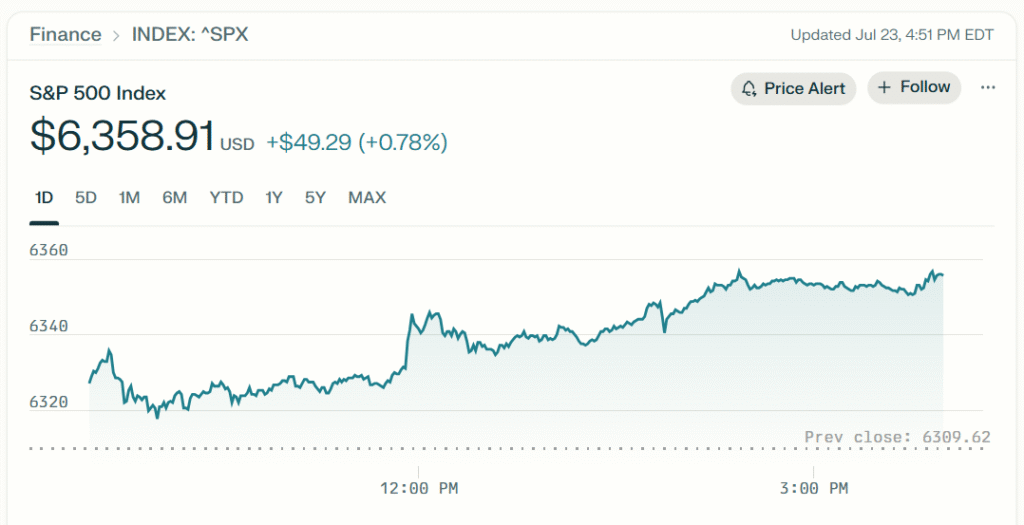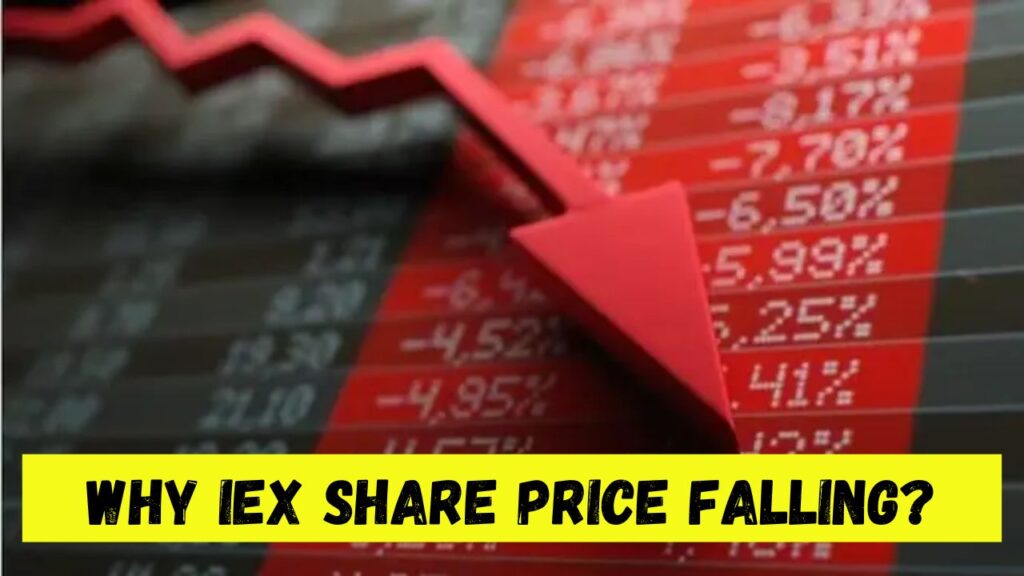
Understanding the IEX Share Price Crash: The Impact of Market Coupling
The Indian Energy Exchange (IEX) witnessed a dramatic 23-28% crash in its share price on July 24, 2025, following a landmark regulatory decision by the Central Electricity Regulatory Commission (CERC). This article breaks down what happened, why it occurred, and what it means for investors and the power sector.
📌 What Happened?
Key Points:
- On July 23, 2025, the Central Electricity Regulatory Commission (CERC) approved a key reform: market coupling for electricity trading in India.
- IEX (Indian Energy Exchange) shares crashed 23–28% on July 24, hitting multiple lower circuits.
- The change directly threatens IEX’s business model and market leadership.
The CERC’s approval of market coupling sent shockwaves through the Indian power sector. This regulation changes how electricity is traded by mandating a centralized clearing of power market transactions, essentially erasing the pricing advantage that IEX previously enjoyed. Traders and investors reacted swiftly, triggering panic selling that caused the stock to hit its 52-week low.
🕰️ When Did This Unfold?
Key Points:
- Market coupling was officially approved on July 23, 2025 (evening).
- Panic selling and lower circuits occurred on July 24, 2025.
- IEX’s Q1 FY26 results are expected on July 24–25.
The news broke late on July 23, leaving investors no time to digest the implications. When the market opened on July 24, IEX immediately hit the 10% lower circuit, followed by further selling pressure. The fact that this announcement came right before IEX’s quarterly results added to the uncertainty, as investors had no guidance from management on how the company plans to respond.
📍 Where Did It Happen?
Key Points:
- The impact is on all Indian power exchanges, especially:
- IEX (dominant player)
- PXIL (Power Exchange India Ltd)
- HPX (Hindustan Power Exchange)
- Grid-India will handle centralized bid matching.
This regulatory reform affects the entire structure of India’s power trading system. Grid-India, the national system operator, will now centralize bid collection and price discovery, removing this responsibility from the exchanges themselves. Since IEX is the largest and most liquid exchange, it is the most severely impacted.
❓ Why Did the Share Price Crash?
Key Points:
- Loss of pricing power and market dominance
- Earnings uncertainty
- Negative analyst reports
- F&O trading restrictions
IEX’s main strength lies in its dominance and ability to attract the largest pool of buyers and sellers. With market coupling, it loses this unique position. Analysts quickly downgraded the stock, warning of sharp declines in margins and profits. At the same time, a ban on futures and options trading in the stock reduced market participation and fueled panic.
⚙️ How Does Market Coupling Work?
Key Points:
- Before: Each exchange sets its own clearing price through independent auctions.
- After: All bids are centrally pooled and cleared via one price mechanism.
- Goal: Efficiency, fairness—but at the cost of competition.
Market coupling works by collecting all buy and sell orders from various exchanges and determining a single clearing price through a central mechanism. This price is then used across all platforms. While this promotes fairness and reduces duplication, it also reduces competition and advantages held by dominant players like IEX.
🎯 Which Aspects Were Most Damaging?
Key Points:
- Timing: Just before quarterly results.
- Scope: Starting with the Day-Ahead Market, then expanding.
- Regulatory tone: Clear, final directive—no ambiguity.
The combination of timing, scale, and regulatory firmness hit IEX hard. The Day-Ahead Market (DAM), which contributes over half of IEX’s revenue, will be the first affected. Investors saw this as a serious long-term threat with immediate consequences, especially since no exemptions or phased leeway were offered to dominant players.
📈 What Was the Market Reaction?
Key Points:
- IEX dropped 23–28% intraday.
- Lower circuits were hit.
- Stock placed under F&O ban.
- PTC India rose nearly 9% in contrast.
The stock plummeted rapidly after the news, triggering multiple lower circuits and halting trading. High volumes of sell orders overwhelmed buyers. Meanwhile, PTC India, a stakeholder in IEX’s competitor HPX, benefited from the expectation that it would gain market share in a more level competitive environment.
🧠 Analyst Views & Commentary
Key Points:
- Bearish: Bernstein and Axis Capital warn of sharp EPS decline.
- Neutral to Cautious: UBS believes volume impact may be minor but profitability will be hit.
- Contrarian: Some long-term investors see buying opportunity post-correction.
Market experts are divided. Some say IEX’s dominance is permanently broken, making it less attractive as a growth stock. Others believe that while margins will compress, IEX can retain market share due to its strong brand and liquidity. The split in opinion reflects broader uncertainty about how quickly and deeply market coupling will impact real earnings.
🔭 What to Watch Next?
Key Points:
- Q1 earnings and management commentary.
- CERC roadmap for full implementation.
- Market share data over coming months.
- Fee structure and strategy changes from IEX.
The next few weeks are crucial. Investors are waiting to see how IEX will respond to the regulatory threat. Will they cut fees to retain volume? Will volumes migrate to smaller exchanges? Will the CERC accelerate or delay implementation? Management’s reaction and customer behavior will determine the stock’s future trajectory.
📌 In Summary:
IEX stock fell sharply due to a government-mandated shift to centralized power price clearing (market coupling), which threatens its revenue model, competitive edge, and long-term profitability.
Until management responds and volumes stabilize, uncertainty will remain high, and the stock may stay under pressure.
This analysis provides a comprehensive look at the IEX share price crash and its implications for investors.
To Summarize it
The Indian Energy Exchange (IEX) saw its stock plummet 28% on July 24, 2025, after the Central Electricity Regulatory Commission (CERC) announced plans to implement market coupling in the power sector by January 2026. This regulatory shift will centralize price discovery for the day-ahead market (DAM), replacing the current system where exchanges like IEX set prices independently. Investors reacted sharply, pushing IEX into multiple lower circuits (from ₹169.10 to ₹135.30), fearing the move would erode the company’s 90% market dominance in DAM and real-time markets—key revenue drivers that contributed 73 billion units and 19% YoY growth respectively in FY24.
Analysts warn this “regulatory game-changer” fundamentally undermines IEX’s business model by transferring pricing power to Grid-India, potentially shrinking transaction margins and competitive advantages. Brokerages like Bernstein slashed target prices (from ₹160 to ₹122), noting the loss of IEX’s liquidity moat could force it to compete solely on transaction fees. While CERC aims to improve market efficiency and transmission utilization, the abrupt timing—just ahead of IEX’s Q1 results—amplified investor uncertainty about the company’s future profitability in a post-monopoly landscape.

